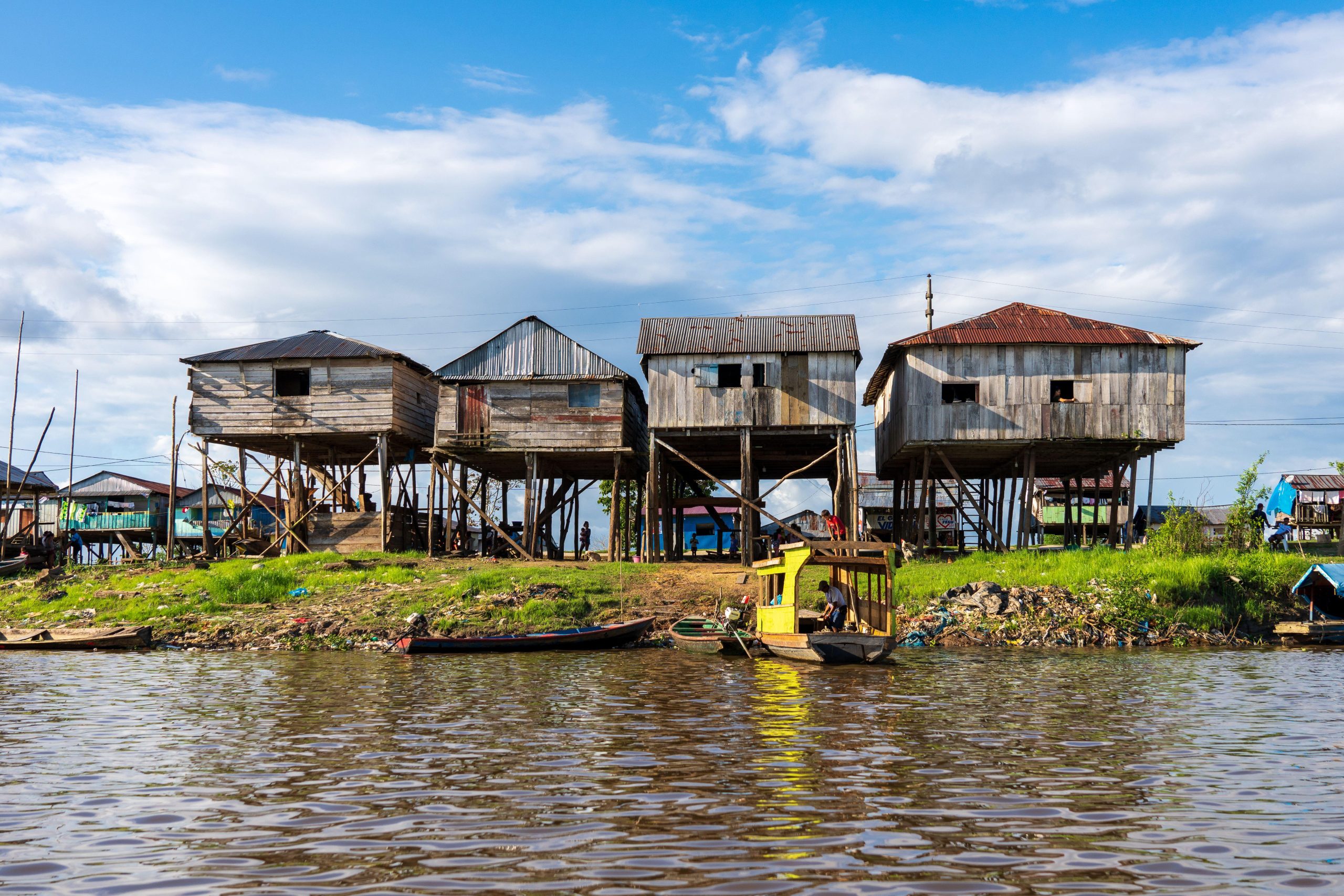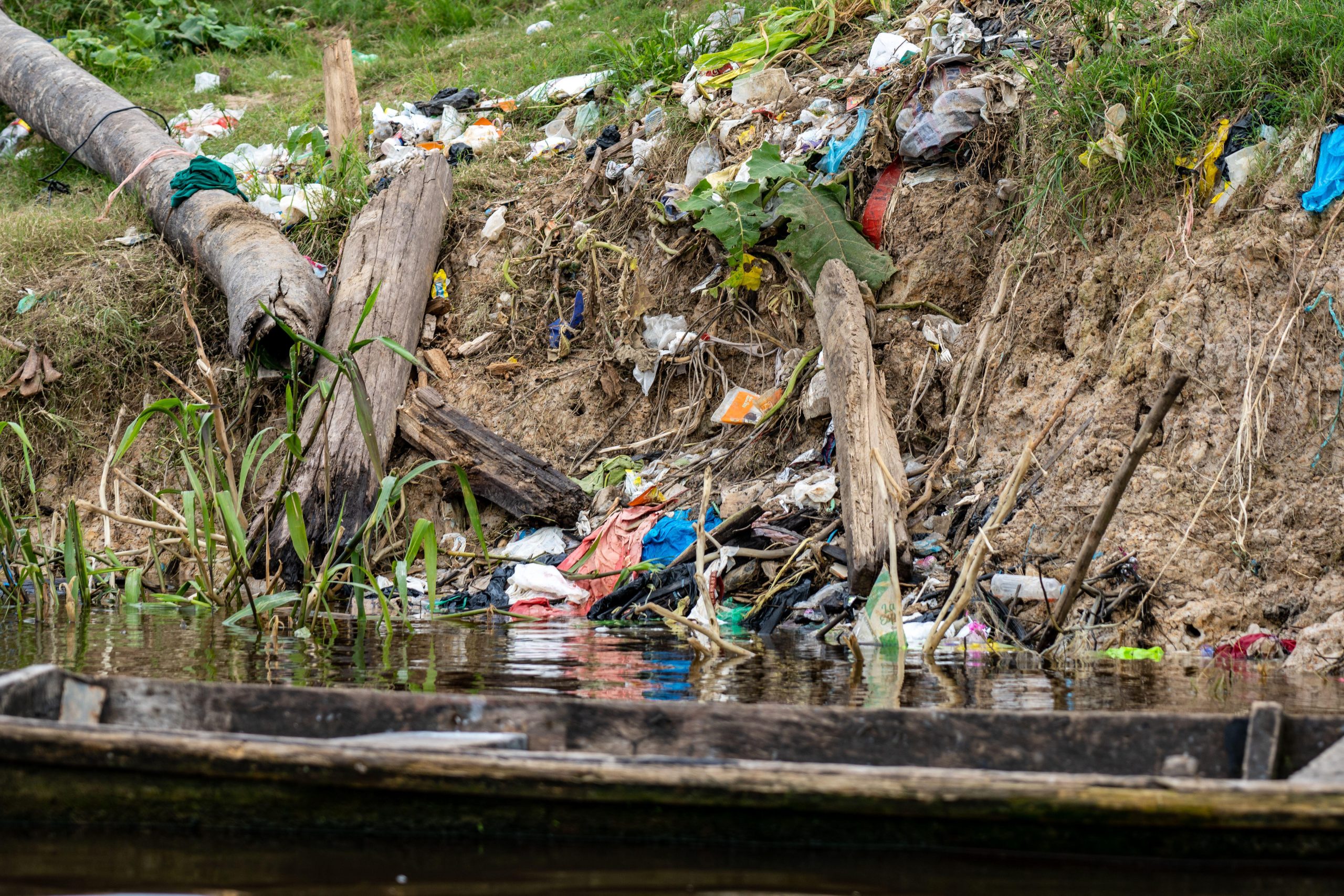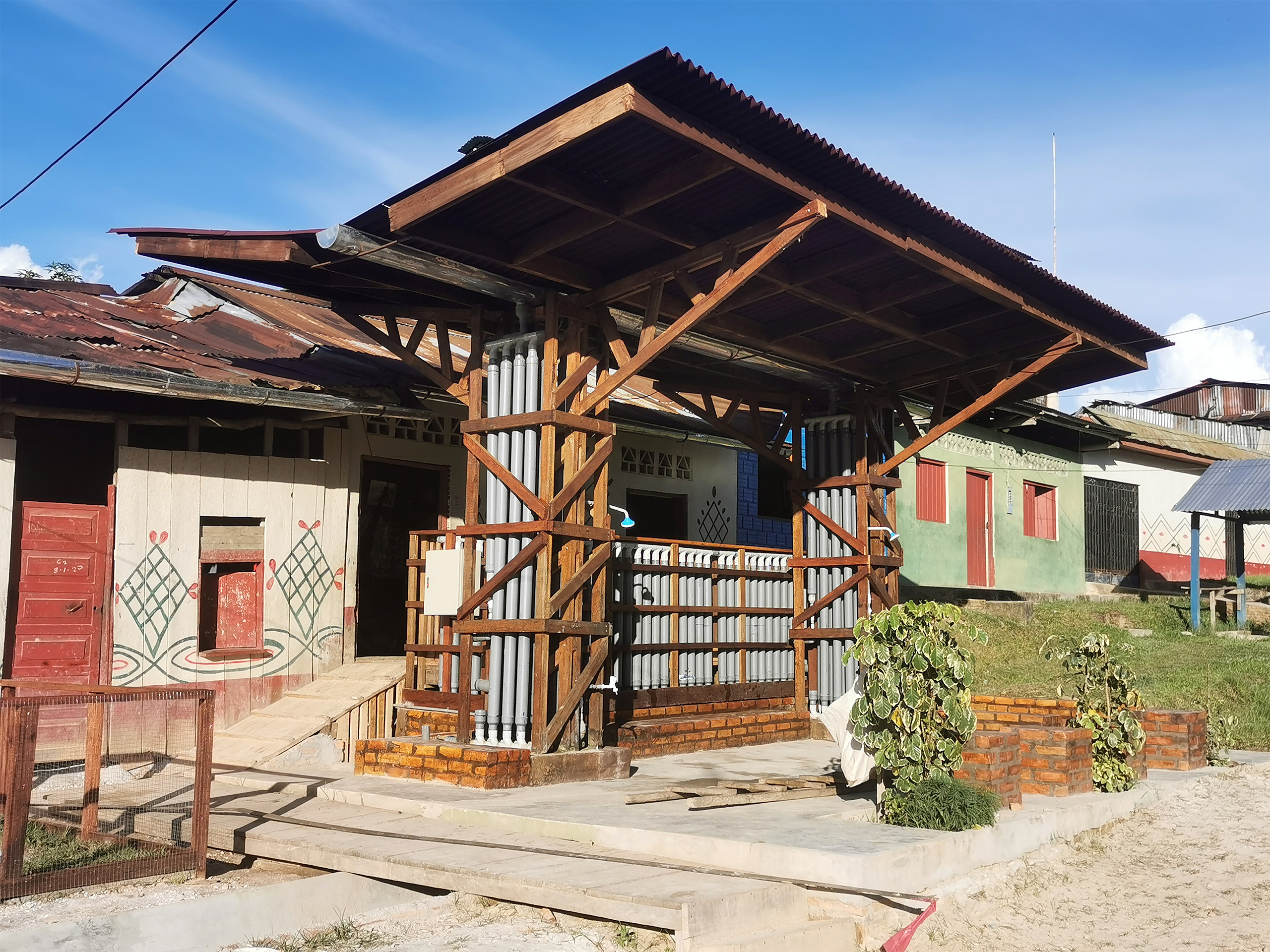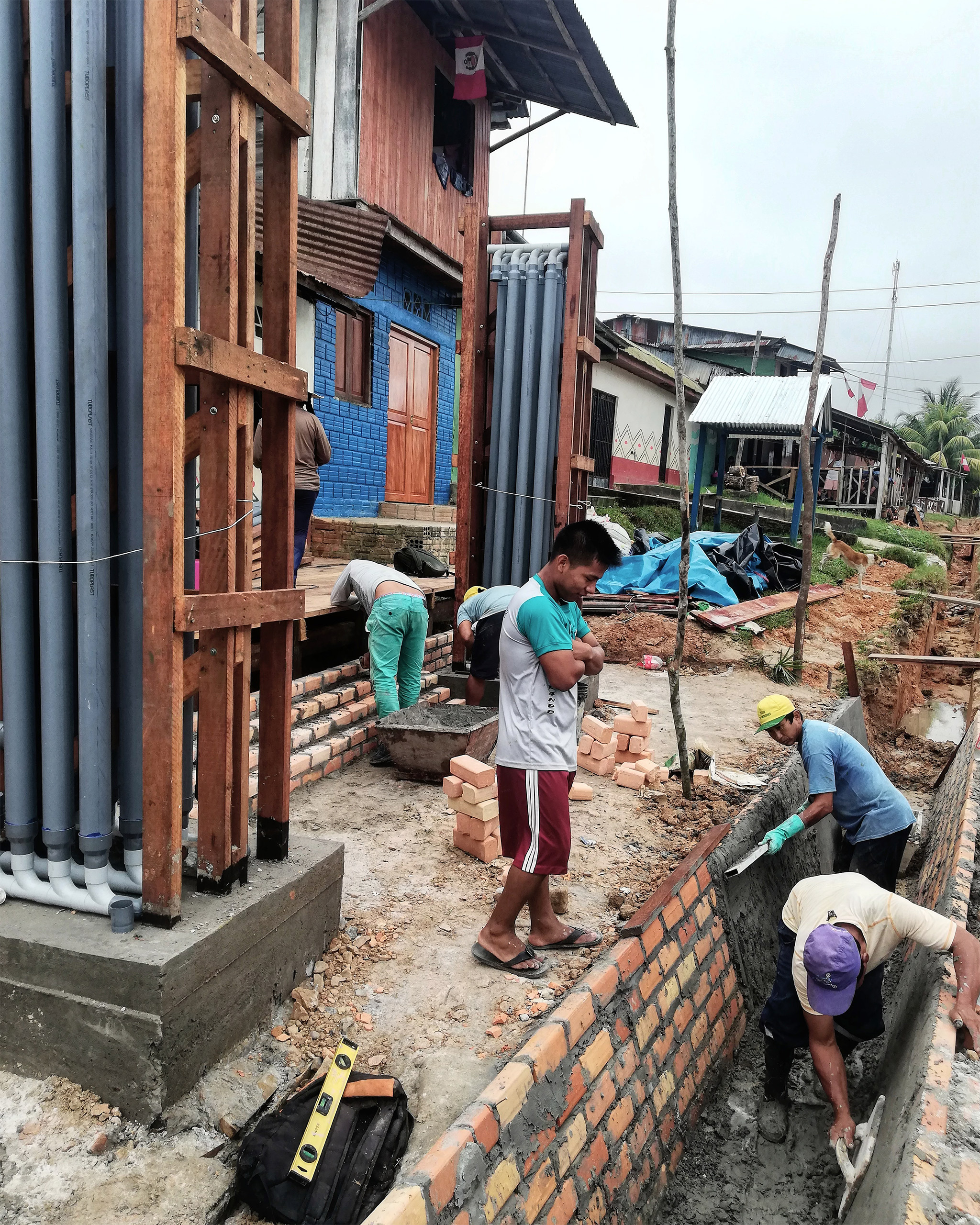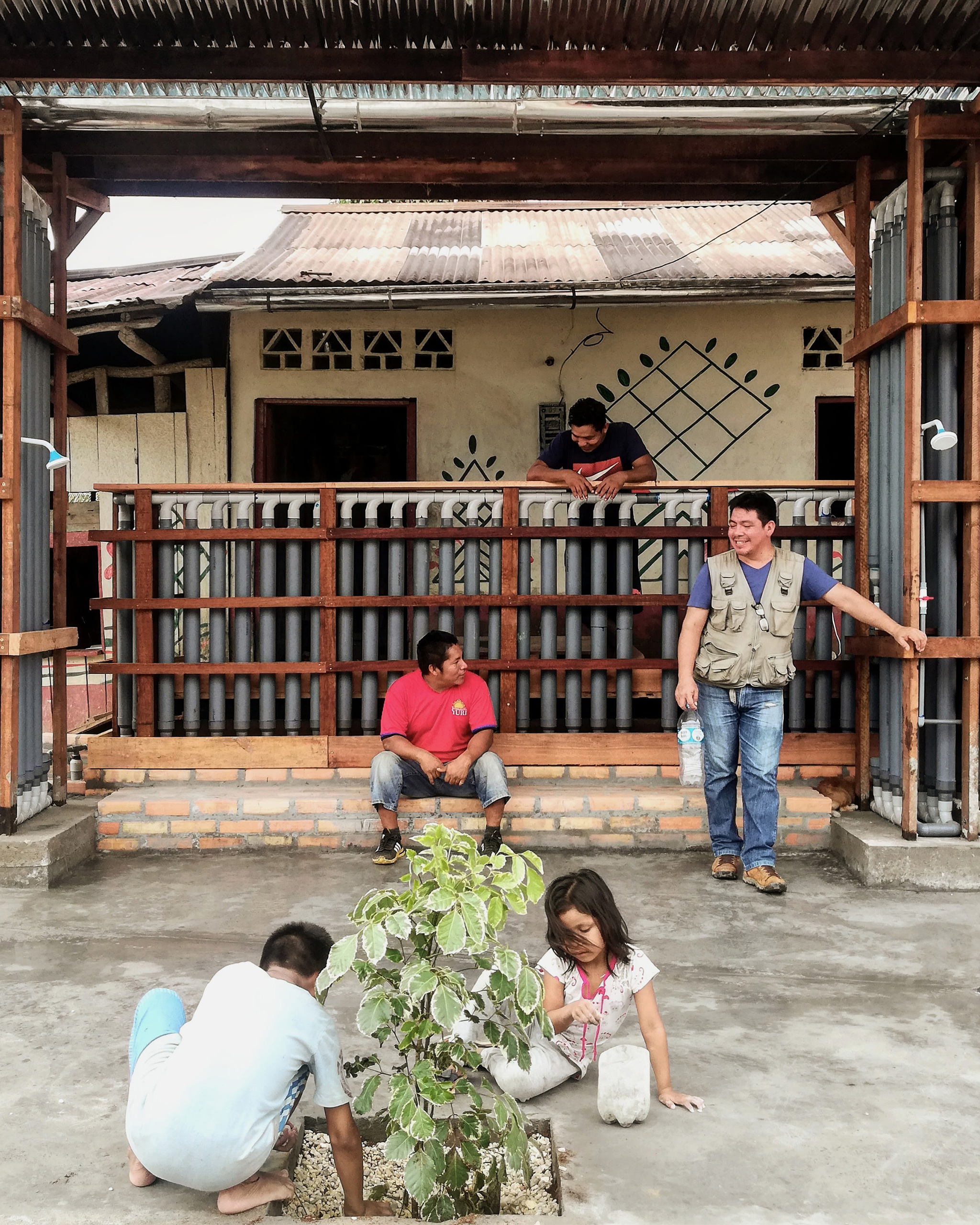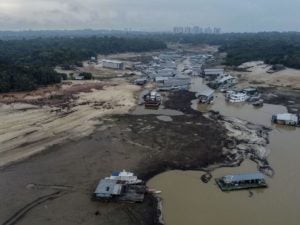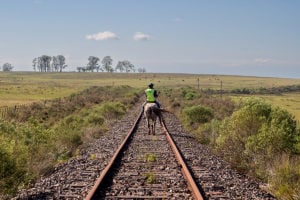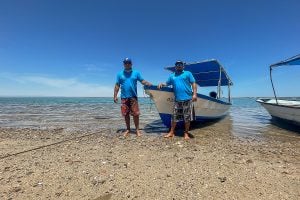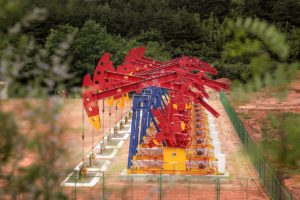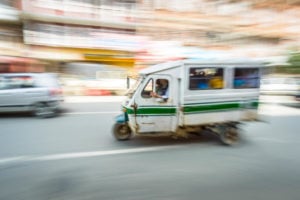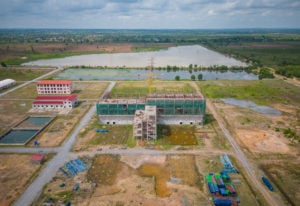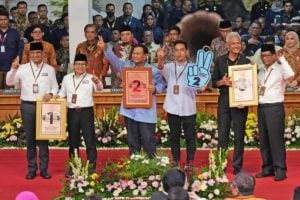In Peru’s northern city of Iquitos lies the distinctive neighbourhood of Belén. For better or worse, Belén is wed to the Itaya River. Dubbed by some locals as the “Venice of the Amazon”, its wooden houses huddle over the banks of its waterways, seemingly floating as the Itaya rises. Its current carries Belén’s people, who get around by canoe or boat – but it also brings the bags, bottles and waste of all Iquitos to their doorsteps.
Twenty percent of the planet’s fresh water flows in the Amazon River, helping Peru to rank eighth in the world for fresh water abundance. According to the country’s National Water Authority (ANA), the regions of Peru into which the Amazon River flows hold more than 97% of the country’s available fresh water.
Despite this abundance, Belén’s residents suffer from a number of water issues that are echoed across the Amazon: according to the charity World Vision, seven out of 10 people in the Amazon – and in some of its regions as high as nine out of 10 – lack access to water and sanitation services.
The climate crisis is also impacting the waters of the Peruvian Amazon: the river now overflows more than has long been typical during the flood season, while it is becoming drier during the rest of the year. In 2023, drought in the Amazon has led to populations being cut off in Peru and Brazil, and has already affected more than 600,000 people in the Brazilian Amazon alone.
With the added complications of pollution from extractive – and often illegal – industries, the situation for these communities grows more complex as the years pass. “It is the ultimate irony,” says Joao Diniz, a director of World Vision’s Latin American and Caribbean arm. “Families living in the watershed of the most important body of water on Earth do not have access to clean water, children die of preventable infectious diseases and many face hunger.”
Urbanism, Amazon-style
In 2012, a fire destroyed some 200 houses in Belén. The tragedy prompted the government to seek a better settlement for this population: in 2016, the government moved approximately 2,600 people to create Nuevo Belén, the “new city” of Belén, 12 kilometres from its predecessor. Away from the Itaya, the people would no longer suffer from the river’s ups and downs, or from the waste it brought to their doors.
The creation of Nuevo Belén prompted Peru’s housing ministry to launch a call for urban planning proposals. This drew the attention of the architect Belén Desmaison. “We were very interested in approaching architecture and urban planning from the environmental side, taking into account the impacts of climate change in Amazonia,” she tells Diálogo Chino. With the Pontifical Catholic University of Peru (PUCP), Desmaison brought together an interdisciplinary team of students covering architecture, the arts, sociology, geography, communications, and engineering. Built with the Centre for Research on Architecture and the City and University College London, the team embarked on a journey full of challenges: the Amazon Self-Sustainable Cities Project (CASA).
From 2018 to 2019, CASA worked on better resettlement processes for the Belén neighbourhood, as part of a project to establish a new community of 2,500 houses for as many as 16,000 people. As well as planning construction, CASA analysed the possibilities of maintenance and adaptation to environmental and social changes.
“The Amazon is very changeable,” says Desmaison. “The rivers move, change course, the flow rises and falls. In recent years, droughts have been more persistent. We have to think as a whole.” Now, she hopes that CASA’s plans can be accepted by the authorities.
Meanwhile, Belén’s reality grows increasingly challenging. In recent years, it has not only had to contend with climate change, unsustainable waste disposal and droughts driven by the La Niña weather pattern, but also extractive activities like mining and oil drilling. The people of the Amazon are increasingly left with “less quality water” says Kleber Espinoza, a CASA coordinator. Once its resettlement plans for Nuevo Belén were complete, between 2018 and 2021 CASA focused on creating a prototype dwelling. One of its major components is an “expandable bioclimatic lattice”, which stores rainwater and forms an integral part of CASA’s vision for an ecological residence, independent of water and energy networks.
“Instead of having elevated tanks, [water] is stored in plastic tubes and has its own [solar] energy, which is not connected to the power grid,” explains Eliazar Ruiz. “It also has a dry toilet; it is a well-equipped and economical house.” Ruiz, who is already a resident of Nuevo Belén, maintains this pilot house for CASA.
Part of the pilot is CASA’s prototype kitchen, which aims to reduce pollution and thus the risk of respiratory problems by using a solar-powered grill, and windows designed for optimum air circulation. To mitigate deforestation, it makes use of wood chips (which would ordinarily go to waste) for cooking, while its prototype tiles are made from various Amazonian muds that are particularly well-suited to the humid climate.
Since the establishment of CASA, its team has won an impressive clutch of architecture and design awards in Asia, Europe and Latin America. However, the challenge, as Desmaison and Espinoza constantly repeat, is for local governments to adopt and develop CASA’s prototypes where they are most needed.
More than a river
Throughout the past few decades, countless projects seeking to improve the quality of life in the Peruvian Amazon have been funded or developed by institutions like the World Bank, the Inter-American Development Bank and UNICEF.
“Progress has been made with various private initiatives to give greater access to water to the population, but the gap is still very large,” says Sandra Ríos, who directs the Wildlife Conservation Society’s Iquitos office. Solutions must go beyond installing kitchens, toilets and plumbing, she adds.
Ríos says a cultural component is vital to the success of projects in the Amazon: “People like to consume water from the river, from the streams, and it is complicated to go against their customs. Gathering in these places is part of their lives, where they can talk, fish, bathe, spend time together.” Verónica Shibuya, an official with the Amazon Centre for Anthropology and Practical Application (CAAAP), agrees: “There is a connection with the water, with their spiritual beings.”
People like to consume water from the river, from the streams, and it is complicated to go against their customs. Gathering in these places is part of their lives, where they can talk, fish, bathe, spend time togetherSandra Ríos, director of the Wildlife Conservation Society’s Iquitos office
Ríos grew up in this community, but these days she is clear-eyed about challenging its cultural norms: “When we were children, they used to say that bathing with rainwater made your bones hurt – and it did, it really hurt. Also, mothers didn’t want to wash clothes with rainwater, because the detergent doesn’t lather with it, and washing takes forever.
“But we have to adapt. Even though they say [rainwater] tastes different, or has healing properties, we have to promote a better use of water.”
Self-sustaining water solutions
While its expandable bioclimatic lattice is awaiting the necessary approvals from Nuevo Belén’s authorities, CASA is already working on other studies and prototypes that aim to close gaps and enrich life in the Peruvian Amazon. For Ríos, their focus remains on “working strongly with the people”.
One such CASA project is a self-sustaining solution for water treatment. “It’s a small raft that can travel along the jungle rivers and treat the water, so that the riverside populations can use it. We are just at the stage of exploring alternatives; we want to work with the population to introduce local knowledge about water management,” explains Espinoza.
His colleague Desmaison knows this project – and CASA itself – will only be effective, however, if the political will is there: “We have to be open to listen and learn. We have to understand the history, how the populations in the Amazon have been growing. If we do not take the time to do that, no project will be successful.”
This article was produced with the support of Voces Climáticas, an initiative of the International Development Research Centre, LatinClima, the Tropical Science Centre (CCT), Claves 21, the Climate and Development Knowledge Network, and Fundación Futuro Latinoamericano.
